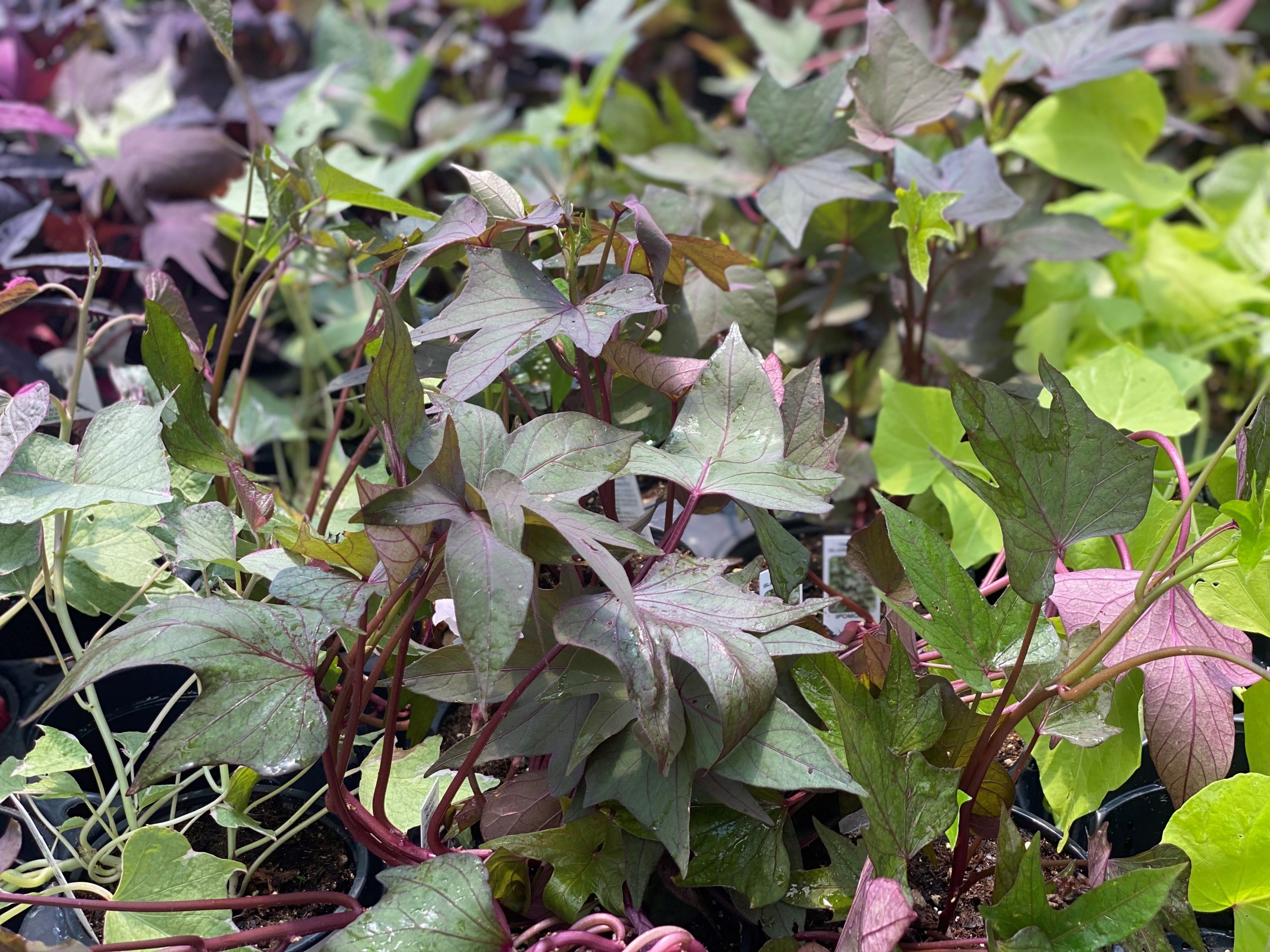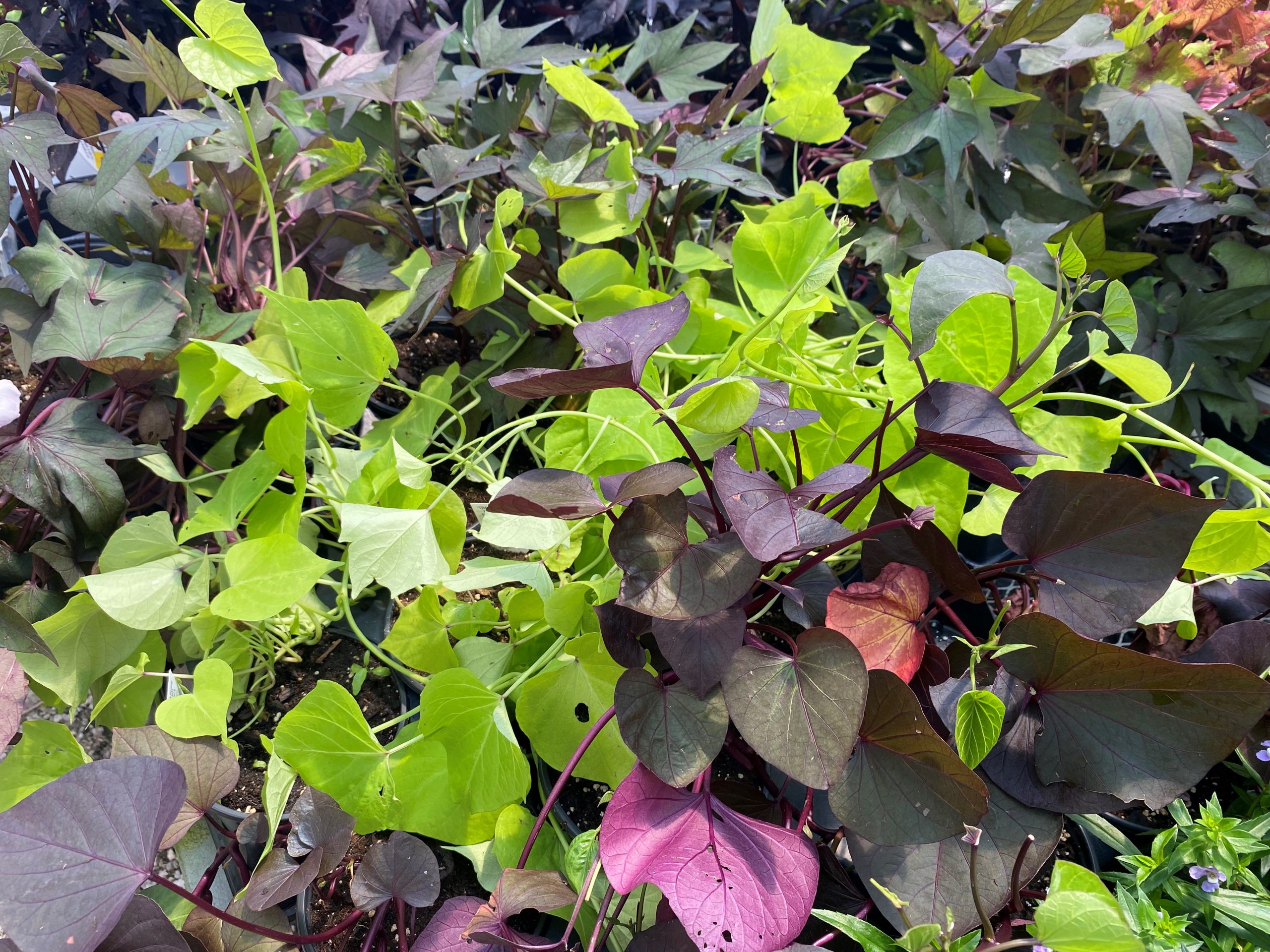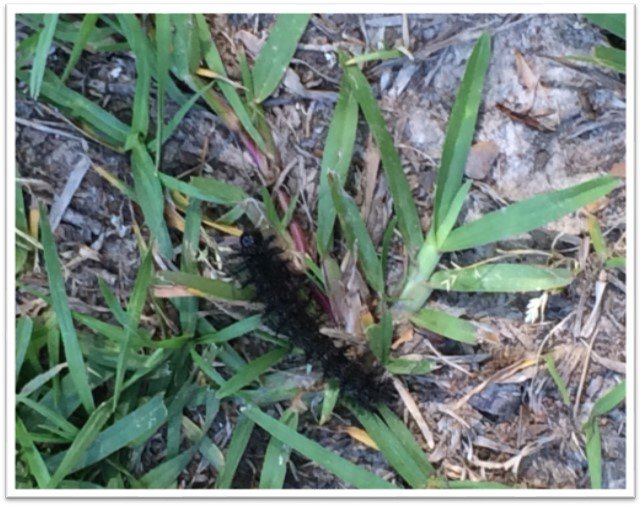
Becksfest 2022 Offers a Fais-do-do This Weekend
May 20, 2022
South LA Youth Shooting Sports Foundation’s 2022 Raffle Supports Youth Shooting Sports
May 20, 2022If you are looking for colorful additions to your summer landscape, sweet potatoes may not initially cross your mind. But you may want to give one of the newer varieties of this tuberous crop a shot.
Offering the best of the ornamental and edible worlds, the Treasure Island series of sweet potatoes has brightly colored vines that thrive during summer and will provide you delicious tubers in time for fall harvest.
But wait — there’s more. This series is the latest in a long line of varieties developed by the LSU AgCenter, which has a rich history with the sweet potato dating back to the early 1900s.
LSU is the only land-grant university to have a research station solely devoted to the sweet potato. Located in Chase, Louisiana, the 308-acre AgCenter Sweet Potato Research Station was established in 1948 with the help of horticulture professor Julian C. Miller — an early Louisiana sweet potato breeder — and the state Legislature.
The sweet potato (Ipomoea batatas) originated in Central and South America, where its cultivation can be traced back nearly 5,000 years. Columbus brought the sweet potato to Europe, and from there, it moved to Asia, Africa and back to the New World, with the first sweet potatoes in the U.S. grown in the 18th century. Over time, many improvements to the crop have been made, and many of them happened right here at our own LSU AgCenter.
Many AgCenter scientists have improved and enhanced the sweet potato. The edible tuberous root is considered a superfood because of its nutritional content. The root is high in soluble fiber, beta-carotene — a precursor to vitamins A, B6 and C as well as potassium.
The tender new leaf growth is high in lutein and can be added to smoothies, salads, stir-fry dishes and other foods. Tuberous roots can be eaten raw or cooked and are found in a wide variety of colors from white to purple. We are most familiar with those that have a reddish or burgundy skin and orange flesh. Sweet potatoes with purple flesh are richer in anthocyanins.
In addition to its nutritional value, the sweet potato vine comes in vibrant colors and makes an excellent trailing ground cover. Recognizing that potential to be both edible and beautiful, one the AgCenter’s very own sweet potato breeders, Don La Bonte, set out to make some variety selections that fit the bill.
Along with collaborators in Europe, La Bonte developed and released the Treasure Island series of ornamental sweet potatoes in 2020, and it has been a hit in the ornamental industry. This series of annual, ornamental sweet potato vines combines beautiful, edible foliage along with delicious root tubers into one vine.
The research was conducted in 2017 at the AgCenter Botanic Gardens at Burden in Baton Rouge. Varieties were trialed and selected to create the Treasure Island series of ornamental sweet potatoes. The series contains five varieties: Kaukura, Makatea, Manihi, Tahiti and Tatakoto.
Kaukura has deep purple, heart-shaped foliage with red veins. Makatea has chartreuse, heart-shaped foliage. Manihi has dark purple, lobed foliage with red veins. Tahiti has light green, lobed foliage with red veins. Tatakoto is a muted dark green, lobed with red veins.
These new varieties combine the best attributes of both edible and ornamental varieties. The gorgeous foliage is reliable all summer long. Leaves come in a variety of colors and shapes. Coming from tropical climates, the sweet potato is well suited for the hot and humid weather of Louisiana.
The vine is a member of the morning glory family of plants and is a vigorous grower. Valued ornamentally for its foliage, the plants also produce small purple flowers. Vines grow best in full sun in evenly moist, well-drained soils. The tuberous roots can be harvested three to four months after planting.
Vines have a trailing growth habit, making it an excellent choice for ground covers or as a spiller in container plantings. The vines do not have any serious insect or disease issues — although deer love to eat the foliage. Tubers can be stored and used as seed potatoes in the spring.
In addition to the Treasure Island series, there are a number of ornamental varieties to choose from. Sweet Carolina Purple has dark purple foliage and smaller tubers, making it suitable for small containers. Blackie has dark black foliage with deep-cut leaves. Marguerite has bold, chartreuse-green foliage with heart-shaped leaves. Tricolor has small, pointy leaves that are multicolored and variegated in shades of green, pink, and white.
The only question is does it go on the vegetable aisle or the ornamental aisle at the garden center? We need to start a new section! The trends in home gardening are moving toward edible and ornamental.
If you are a home gardener looking for more versatility in your landscape, try edible ornamental sweet potatoes. You can enjoy the vibrantly colored vines all summer, knowing you will get to harvest some tasty sweet potatoes in the fall.
By Heather Kirk-Ballard, LSU AgCenter Horticulturist
- Takakoto has muted green, lobed leaves with red veins. Photo by Heather Kirk-Ballard/LSU AgCenter
- Three varieties of the Treasure Island sweet potato vines sport bold foliage that is edible. Photo by Heather Kirk-Ballard/LSU AgCenter
- Grown for its edible, tuberous roots and beautiful foliage, sweet potatoes are members of the morning glory family. Photo by Heather Kirk-Ballard/LSU AgCenter













